I love so much about travelling with my kids, but aside from all the fun and adventure, it’s the learning that I love most. Exposing my children to information and experiences they wouldn’t necessarily get in a classroom really gets me excited. To see little lightbulbs go off every time they learn new things is one of the most beautiful parts of parenting.
When I began planning our Oklahoma family trip, I knew Tulsa had to be on the list, and I knew the focus of the trip would be to educate my children on the history of the Greenwood community, or more affectionately referred to – Black Wall Street. While I wanted them to know about the massacre that occurred between May 31 – June 1, 1921 and its permanent ruin of a thriving Black American community, my larger focus was to make sure they would learn about the success, innovation, and ingenuity that thrived there before it was all destroyed by racism.
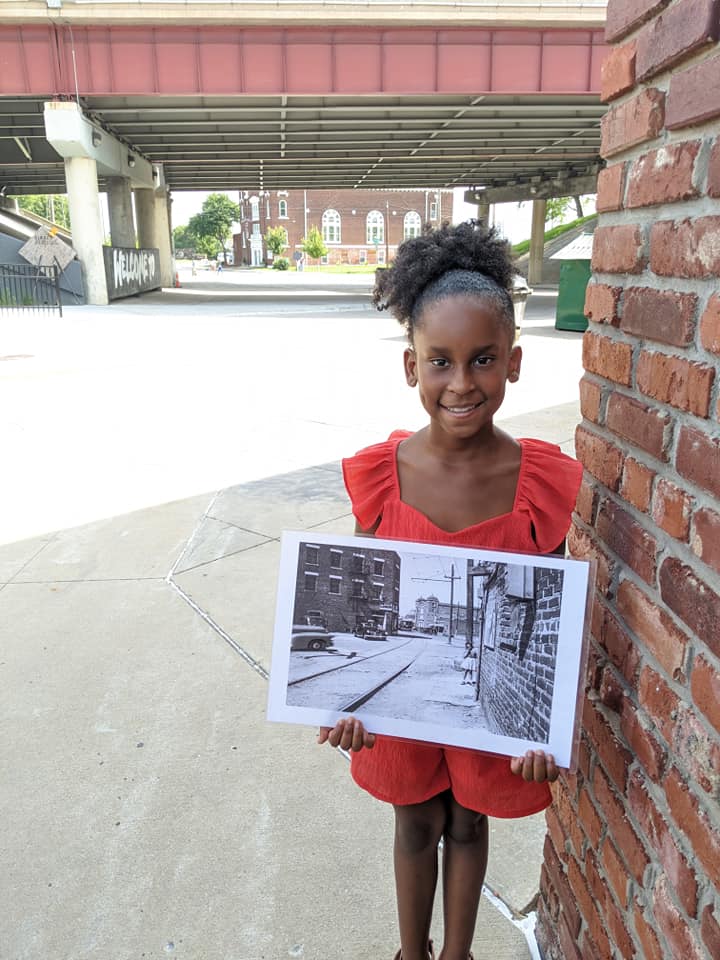
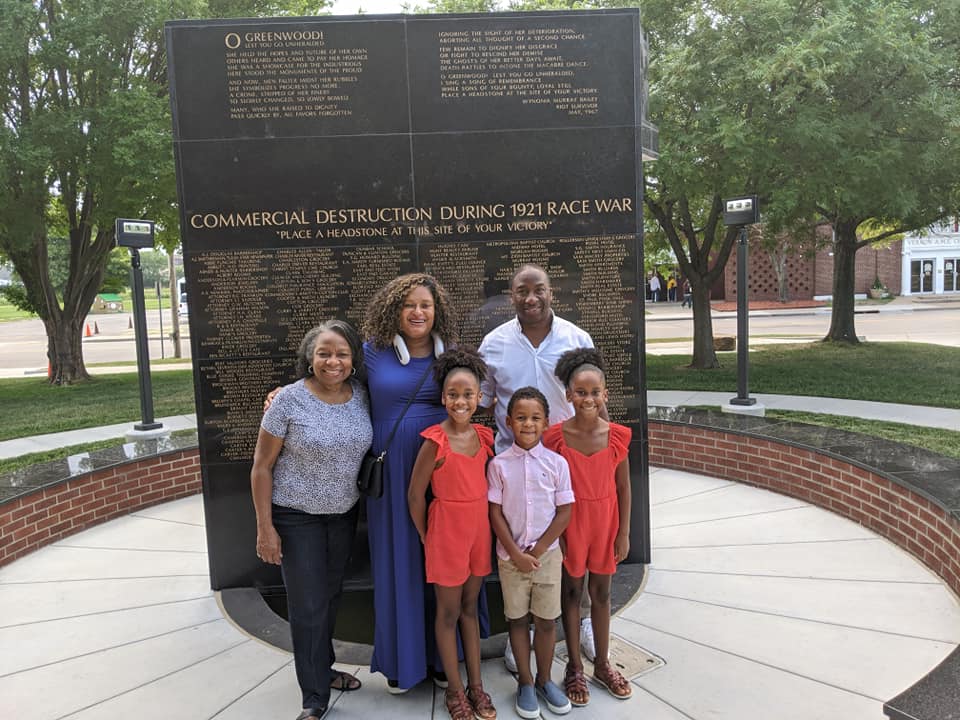
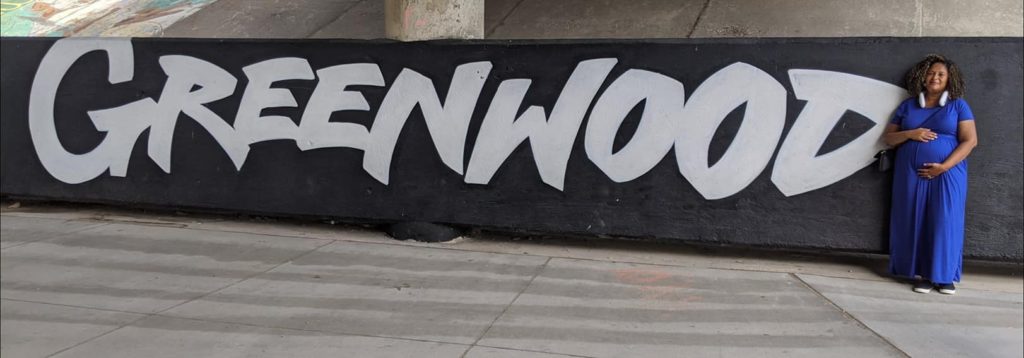
Teaching Kids About The Tulsa Massacre
My husband and I knew some highlights to give the kids, but we knew we needed some well-versed, local reinforcements to do this lesson justice. My research took me to Little Afrika Market. We had a private walking tour around Tulsa, starting at the Greenwood Rising Black Wall Street History Center. The center has an amazing curated exhibition of what Greenwood was, what it is now, and the hopeful future of the community.
Our Tour guide, Chief Amusan, has to be the most knowledgeable person in Tulsa regarding the history of Black Wall Street. He was so eager to share every morsel of information with us, and my kids loved it. Chief was patient and discussed the history in a palatable way for children and adults. It didn’t mean he sugar coated or distorted anything, but he understood that young minds were soaking up the information and he took that seriously. Chief even discussed the children of that time, allowing my daughter to take a picture in the exact spot of a young Tulsa girl her same age at the time of the massacre (a century ago). The whole scene made me emotional. It stands as my favorite picture of our trip.
The tour was supposed to be a walking tour only, but as I said before, Chief Amusan was bursting with information and he wanted us to get it all. We actually got in the car and followed him to some important landmarks related to the massacre as well. The most significant of these places was the Drexel Building, where the incident that sparked the mass destruction occurred. If you’re not aware of the details of the Tulsa Massacre, I strongly encourage you to educate yourself. But, for the sake of this post, the Drexel Building is where 19 year old Dick Rowland entered in order to access one of the only colored bathrooms while he was working in the area. Upon entering an elevator, he somehow came in contact with the elevator operator – a white teenage girl named Sarah Page. Page let out a yelp/whimper/or some such sound. A nearby employee in the building called police, supposedly believing that Page was being attacked by Rowland. Rowland was later arrested, and an article was published in the local newspaper with the inflammatory headline, “Nab Negro For Attacking Girl In An Elevator.” The story was premature and inflamed. From there, the story gets worse, as mobs of white folks took to the streets of the Greenwood neighborhood (Black Wall Street) and began assaulting people and destroying property. Generational wealth, pride, and property were all lost over the course of those 14 hours of rage and hate.
It was a heavy history lesson for my children to learn about, but they had some questions, and Chief Amusan did a great job of explaining on their level.
Lastly, we also visited the Oaklawn Cemetery, where a mass grave was discovered, and believed to contain untold number of victims of the massacre. It was sobering, to say the least.
Overall, this was an educational and important trip for us to take. I encourage you not to shy away from exposing your children to these uncomfortable truths about the past. It will grow them in way you can’t imagine.
Happy Travels!

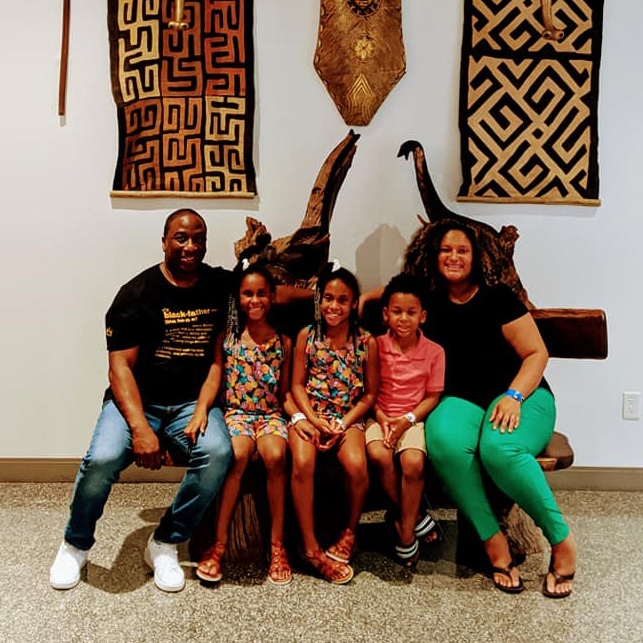
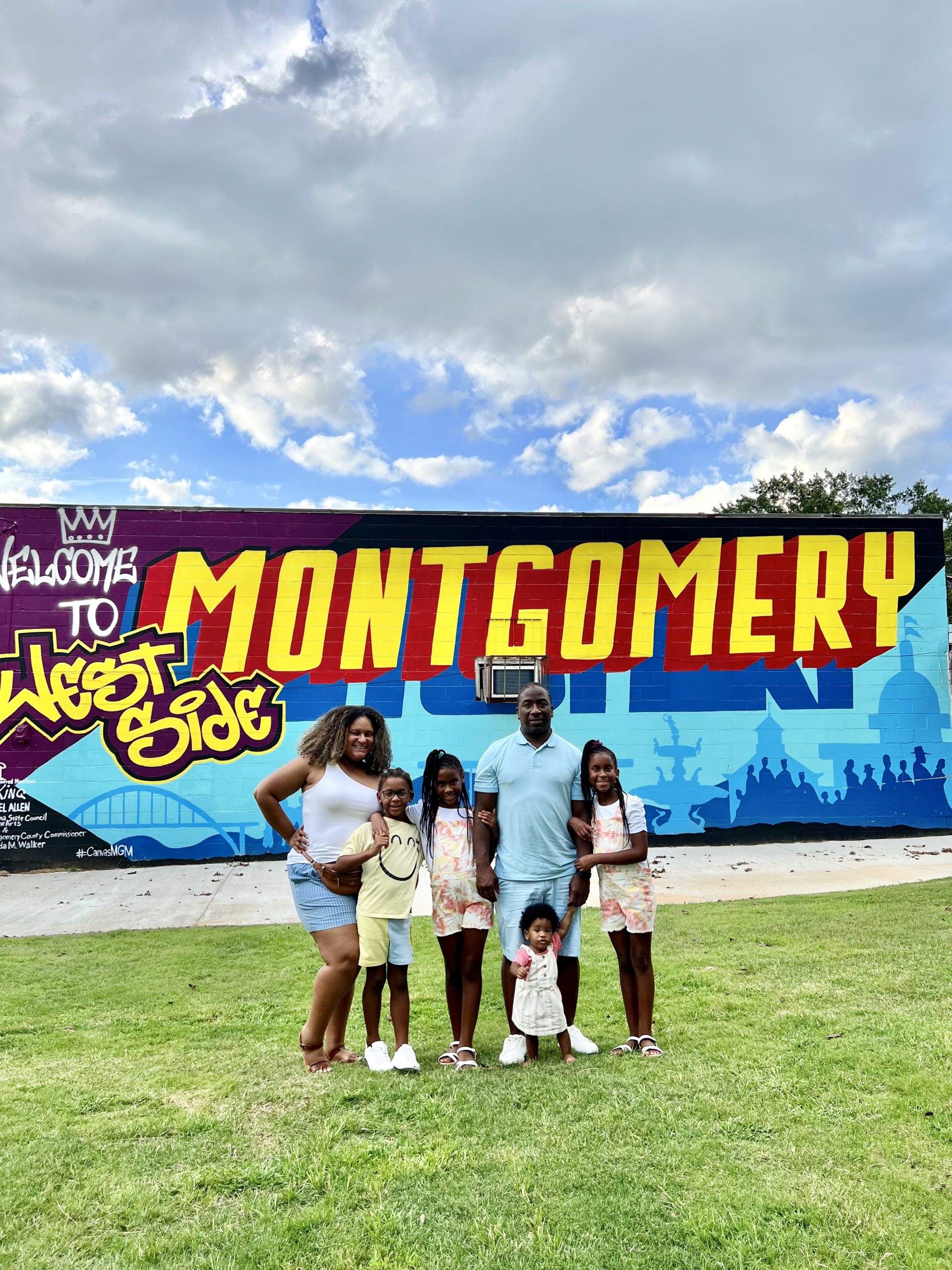
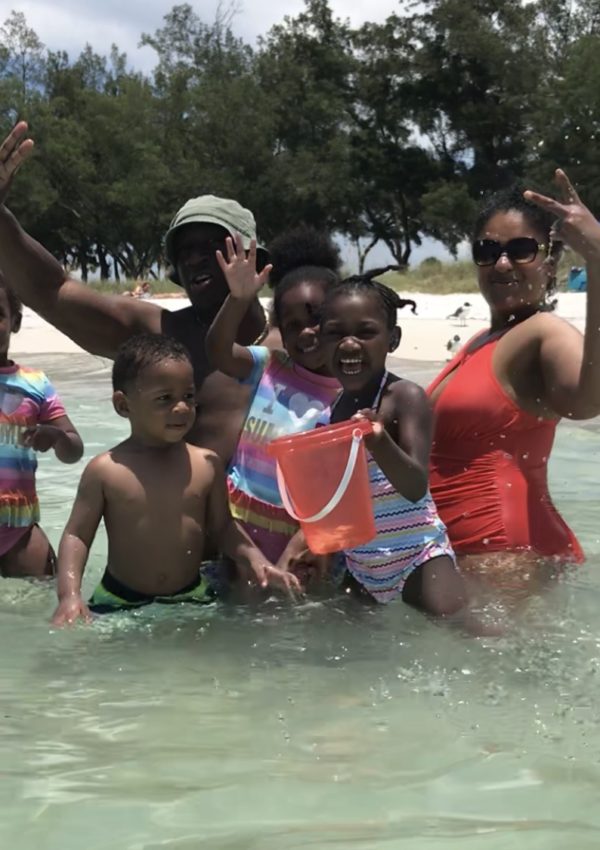
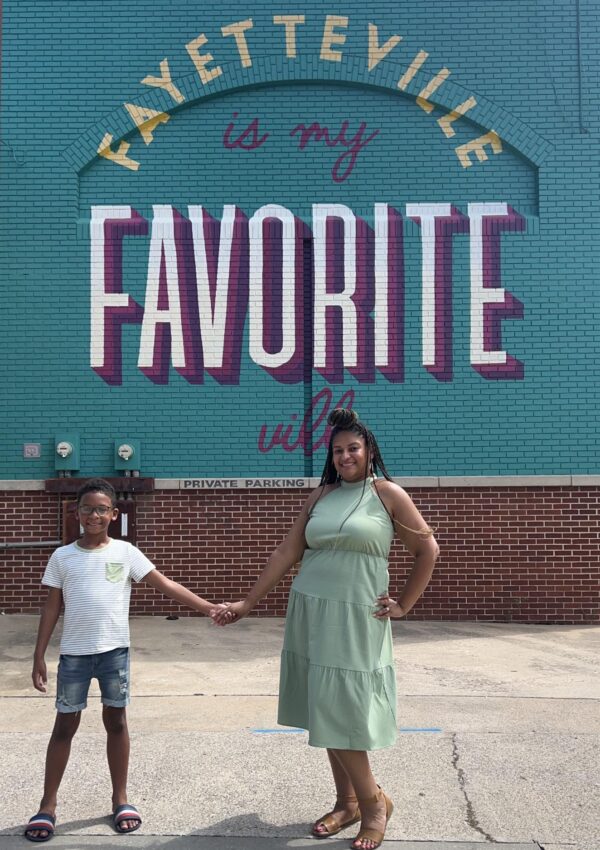
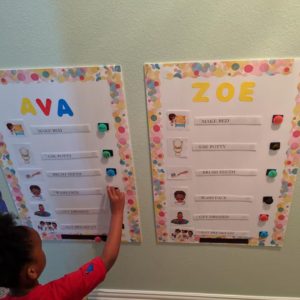
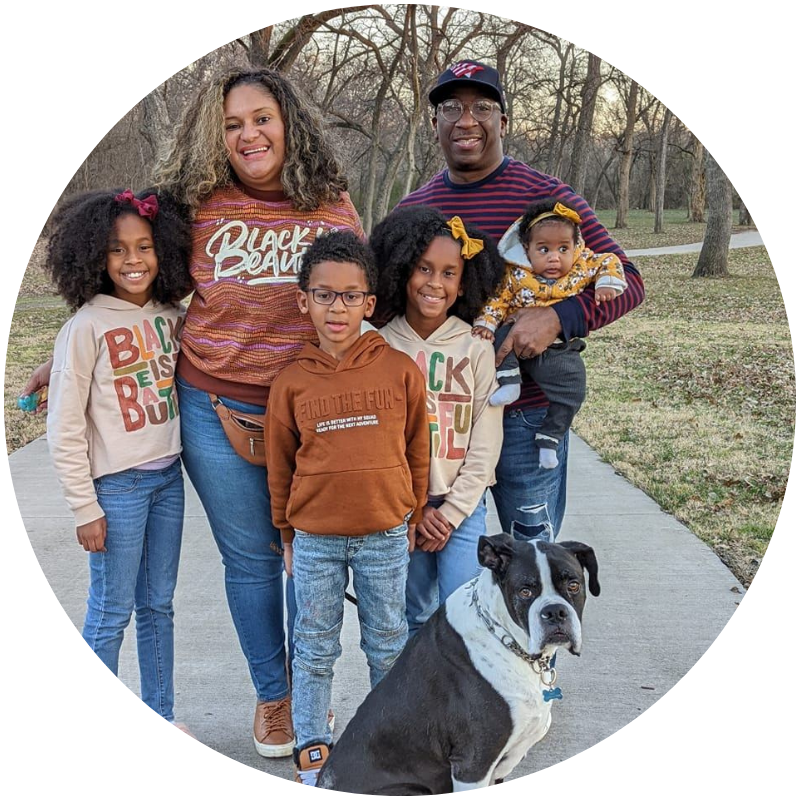

Leave a Reply